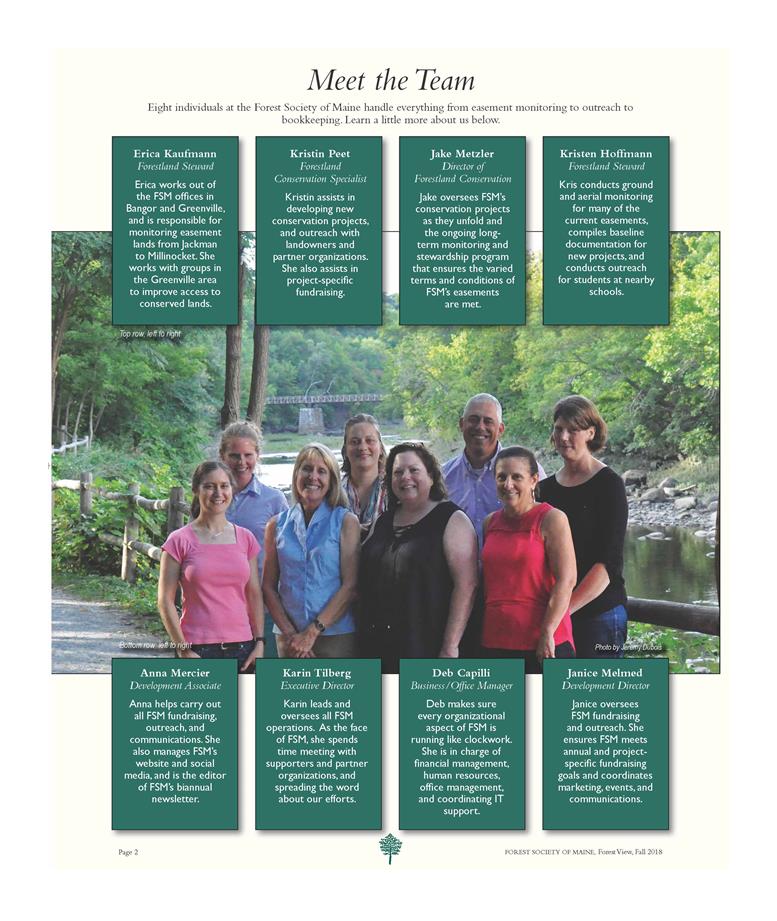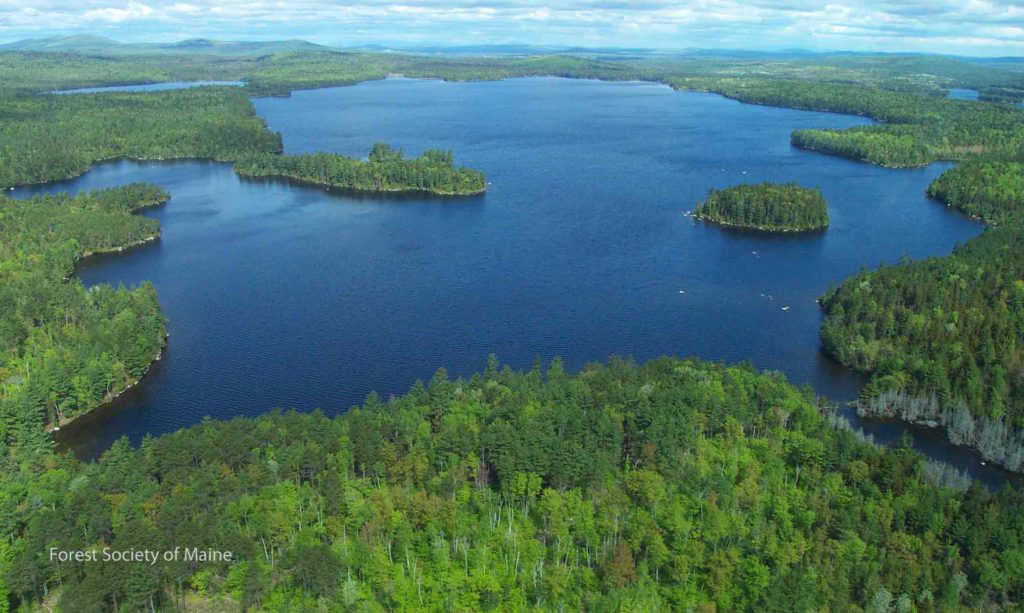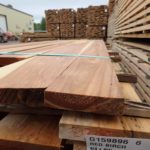One of FSM’s friends spent much of her childhood in Greenville, Maine as a young girl in the 1940s. Our friend was kind enough to share some stories with us. Here is an excerpt from a letter she wrote about a winter trip to Moosehead Lake. The first part of the trip was featured in the spring 2018 newsletter. If you missed it read the first part here.
Dear Mary,
Earlier I told you of our ride to Lily Bay in the mail truck with food for the logging camp and spilling eggs in the snow. Here is the rest of the story. We spent the night at a nice camp on the shore of Lily Bay on Moosehead Lake. We were glad to stay inside and play games after exploring everything in the camp. That next day was bitterly cold but the sun was bright. We had been told that there was to be ice cutting in the bay after breakfast. We didn’t want to miss out on that! The ice would be shipped to New York City by train later that day. We looked out the window and could already see the sleigh, horses, and men. I had been given new skates for Christmas—figure skating skates. I could hardly wait to use them! I had seen others skating and knew I could do it, too! We bundled up in our heavy woolen pants and jackets and walked on the snow-covered ice to the sleigh to sit as the men laced our skates.
The ice where they were cutting in the windy bay was crystal clear, the snow having been blown away, and we could see fish swimming below the ice. I had never seen it like that as usually it freezes in bumpy waves. The men cut the ice using very long saws with a handle at one end. They would use an ax to chop a place to begin using the saw for the first block of ice which was three feet thick and cut a straight line towards them for three feet. Then they began another cut at a right angle for the second side for three feet, turned at a right angle to cut three more feet, and turned again to meet the first cut. There was a 3×3 foot ice block floating. After making several cuts like this there was a line of 3×3 foot cubes, and they began loading the cubes onto the sleigh. How did they do this?
The men used tongs to pull the blocks onto safe ice, being careful not to slide into the open water. Ice tongs are like most tongs but have very sharp long points to grasp the slippery blocks. It was piled onto the sleigh. The horses would pull the sleigh all the long, cold, windy way down the lake to the train station while the driver sat bundled up in buffalo robes to stay warm. There the ice would be moved into boxcars with sawdust packed all around each block to keep it from melting on its trip to New York, Boston, or some other distant place. We had an ice house at home so I knew all about this—I just wanted to skate!
Confidently I pushed off with the toe of my skate and smooth as could be landed hard, face first, nose-down on that cold, hard ice! It hurt and I was stunned. My nose was bleeding and I was crying and the ice was blood red. Someone helped me up and told me I had broken my nose. Their sympathy made me cry—and bleed—harder. My injured nose would not sell well in the city, so my face had to be washed clean, and my friends returned to camp with me. They made sure I held chunks of ice in my mitten to keep me from swelling and turning black and blue. I lay down, wanting to rest and cry, but they told me I had to sit up and keep my head up. I had been told to keep using the ice and no one would let me sleep. Later I was given something for the pain so I could sleep and I was taken home the next morning. I was black and blue for weeks and it hurt to laugh.
It is a trip I clearly remember, mostly with pleasure and good memories, but I learned not to try to be a showoff, too. One lesson like that was enough!
This story first appeared in the spring edition of Forest View, FSM’s biannual newsletter.





